Is South Korea enjoying an artistic moment in the West? The second book by novelist Han Kang to be translated into English (Human Acts) appeared this year, and her first, The Vegetarian, has won the Man Booker International Prize. The country’s prominent poet Ko Un was tipped to win the 2016 Nobel for Literature. But what of the visual arts?
Frieze week in London saw the opening of shows by two prominent Korean artists from different generations. At her exhibition ‘Riptide’ at the Korean Cultural Centre, internationally renowned conceptual artist Koo Jeong-A told me that, as far as she is concerned, her country is just beginning to have a role on the global stage. Many artists of her generation went to study in Europe, and have brought back frameworks to develop in terms of their own country’s sensibility, which are now beginning to take root.
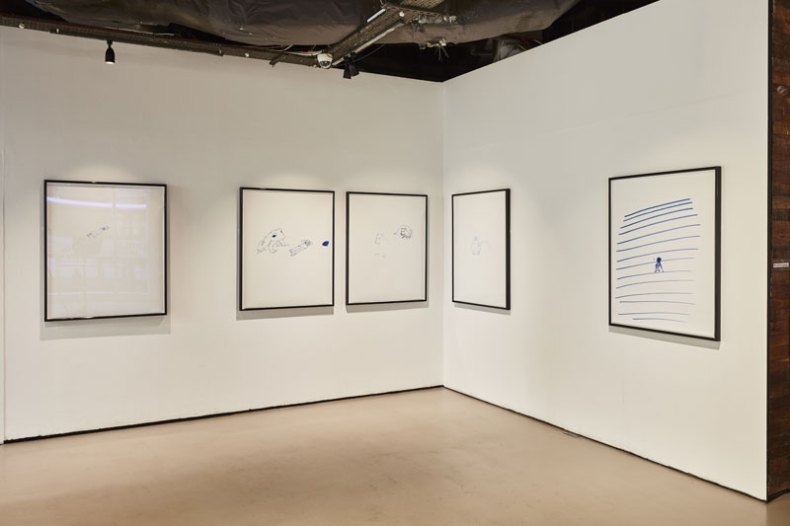
Installation view of ‘Koo Jeong-A: Riptide’ at the Korean Cultural Centre UK, 7 October-19 November. Courtesy the artists and KCCUK
Koo (b. 1967) now lives between London and Berlin, and exhibits all over the world. The Tate and the Guggenheim, among other institutions, own her work, which is often striking and multidisciplinary. In July she reimagined a disused tube platform at Charing Cross with strategically placed odours, sounds and video. She has made otherworldly, luminous skateparks which double as sculptures in France and Liverpool.
So it’s slightly disappointing that she has marked her selection as the Korean Cultural Centre’s Artist of the Year by opening her show to collaborators, even if the results are sometimes fascinating. Koo’s contribution is Civilising Process: printed reproductions of 20 minimalist fountain pen drawings from a larger series of 1,001. Subjects include shaded blocks that on closer inspection reveal themselves to be swimming pools or water tanks; a squatting figure, naked apart from a pair of flip flops, with its back to the camera, urinating; and a dog thinking, or dreaming, of another identical dog.
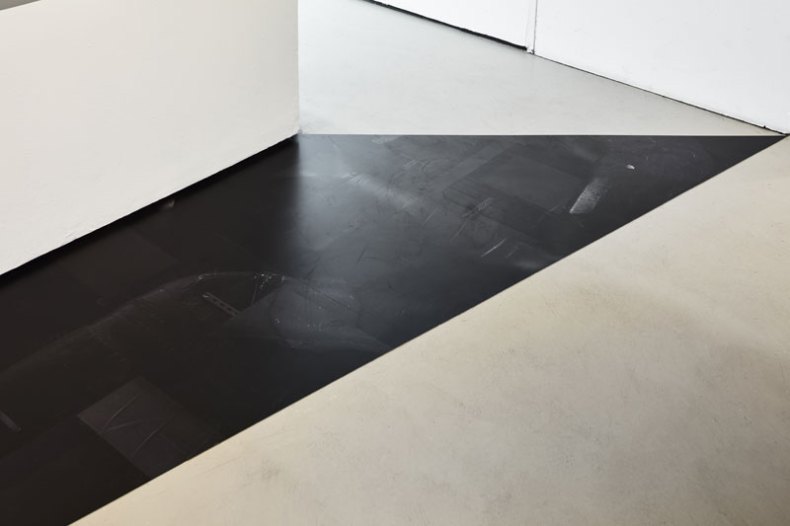
Glimpse (2016), Mona Yoo and Hanqing Ma. Installation view of ‘Koo Jeong-A: Riptide’ at the Korean Cultural Centre UK, 7 October-19 November.Courtesy the artists and KCCUK.
If these works seem a little scant, it is their draft-like quality that has made them an effective prompt for the artists she has invited to respond. Glimpse, by South Korean artists Hanqing Ma and Mona Yoo, takes the ample negative space that is a feature of Koo’s work as inspiration. Dark pictures of the gallery’s ceiling pipes and ducts, printed on aluminium, are set around the corners of steps, or on portions of the floor that you wouldn’t think to walk over. They seem to be placed almost deliberately where they might be missed.
The central work is by Austrian artist Martin Roth: it comprises 10 Persian rugs covered in grass and cress, which has been threaded through the fabric. The rich, organic pulpy smell seems to pay homage to Koo’s famous olfactory installations. You sort of wish it was a work by Koo herself – but then the point of these pieces is that they couldn’t have been made without her.
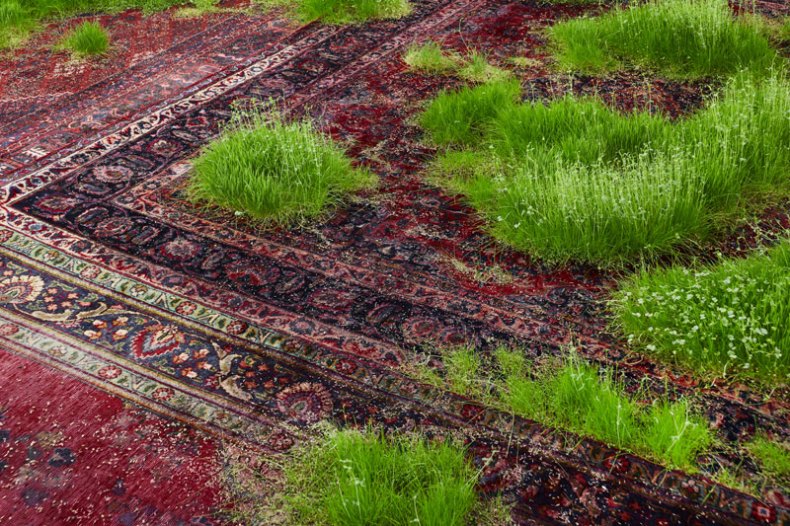
Persian Rugs (2016), Martin Roth. Installation view of ‘Koo Jeong-A: Riptide’ at the Korean Cultural Centre UK, 7 October-19 November.Courtesy the artist and KCCUK
Over in Mayfair, French gallerist Olivier Malingue has opened his new space with a completely different South Korean giant. A pioneer of the Tansaekhwa (or Dansaekhwa) movement, Cho Yong-Ik (b. 1934) was among the young artists who, after the Korean War’s end in 1953, were partially exposed to Western art of the time – able to see it through the occasional monochrome reproduction, and to hear of it from travelling artists or via translated texts. Cho is one of his country’s most respected living artists, but this is his first European solo show.
His philosophy involves the repetitive and rhythmic performance of his craft: he paints the same thing over and over for a set amount of time, being patient and perfecting a style before moving on. The philosophy behind it is Buddhist and Confucian, but the result to Western eyes, especially in the case of Cho (he has been called a maverick within Tansaekhwa for straying from a monochrome palette), appears similar to Abstract Expressionism. Indeed, Malingue tells me that one of his first buyers for Cho also has an interest in Rothko.
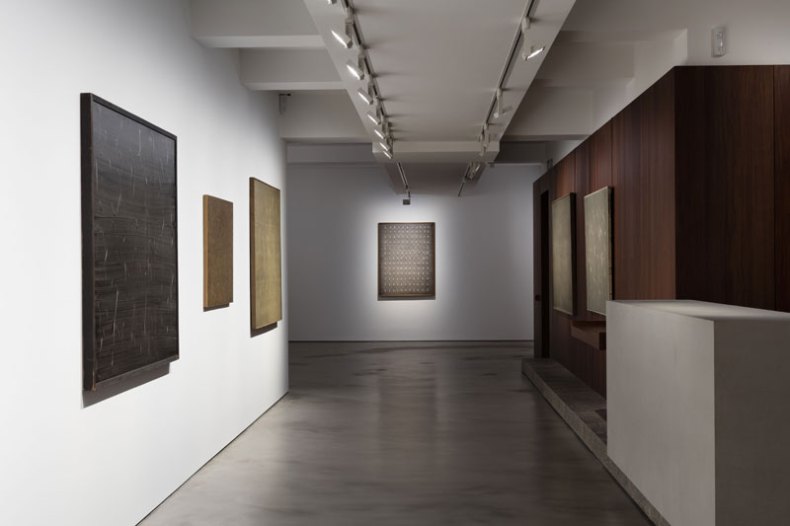
‘Cho Yong-Ik’, installation view at Olivier Malingue, 2016
Cho’s Wave paintings of the 1980s consist of rows of feather-like coils, each line produced in one brushstroke or breath. They look uniform at first but each work is a masterclass in variation. Even the darkest canvases seem to contain their own inbuilt light source. I was lucky enough to meet the venerable artist, and asked him whether he had used his thumb to remove the paint to create the luminous effect on each wave’s peak. Nothing was retouched. To have such control of a single artistic gesture that you are able to articulate subtle shades of light and dark within it is remarkable.
Just as Cho’s practice is organised by units of time – a stroke, a breath – so were his stylistic periods. He would work on a style for a decade, perfect it, and start a new one. The Mushim paintings of the 1990s have even backgrounds that are etched into with a palette knife. The marks are suggestive of something between scarring, charring (a vivid colour often singes the edges of the marks) and water damage. ‘Mushin’ is a Japanese meditation term meaning ‘no mind’ or ‘absent minded’ – not thinking of anything but the present moment. In the 21st century we know that approach more by the derivative practice of mindfulness. Cho’s work has an analogous effect on the viewer: they are calmed but made completely alert to the muted works.
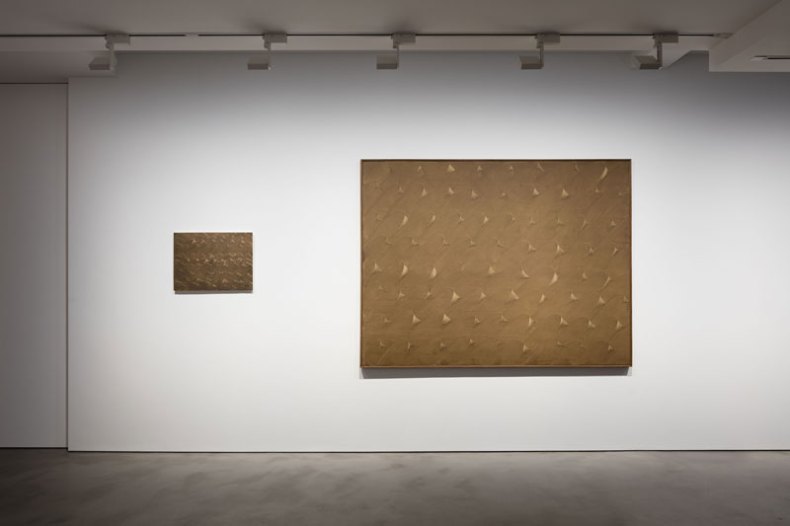
‘Cho Yong-Ik’, installation view at Olivier Malingue, 2016
In the age of online experience, things are often called ‘undiscovered’ when the truth is simply that Western media has arrived late to the party. But this is a legitimate case of somebody not having the reputation they deserve and being championed in an art market that is newly open to it. With Abstract Expressionism in the public eye at the Royal Academy, perhaps there will be more of a demand for such work.
‘Riptide: Koo Jeong-A’ is at the Korean Cultural Centre UK until 19 November. ‘Cho Yong-Ik’ us at Olivier Malingue until 16 December.
Unlimited access from just $16 every 3 months
Subscribe to get unlimited and exclusive access to the top art stories, interviews and exhibition reviews.

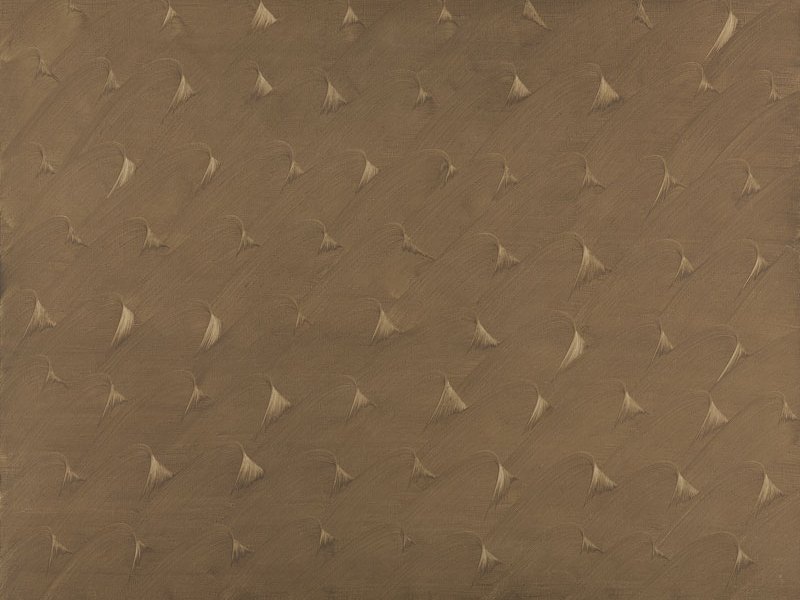
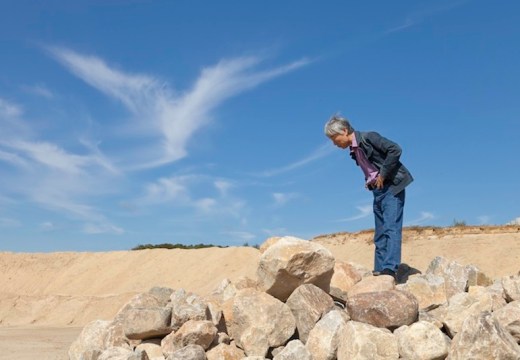
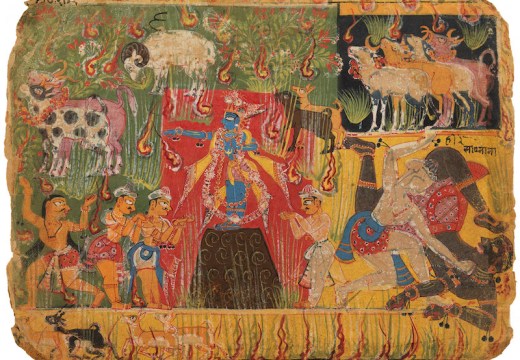
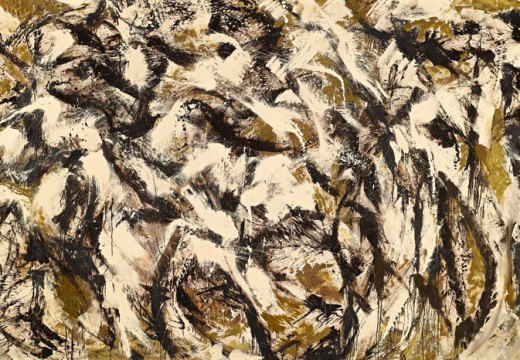









![Masterpiece [Re]discovery 2022. Photo: Ben Fisher Photography, courtesy of Masterpiece London](http://www.apollo-magazine.com/wp-content/uploads/2022/07/MPL2022_4263.jpg)
It’s time for the government of London to return to its rightful home